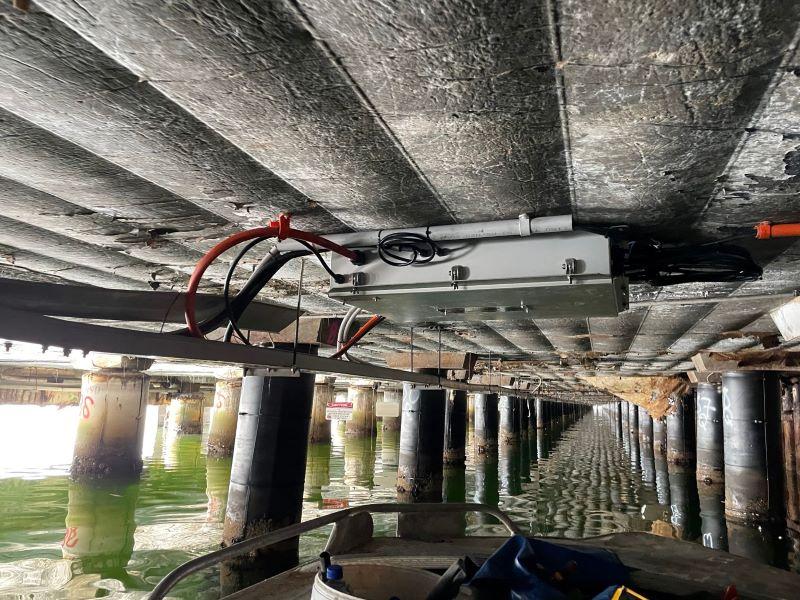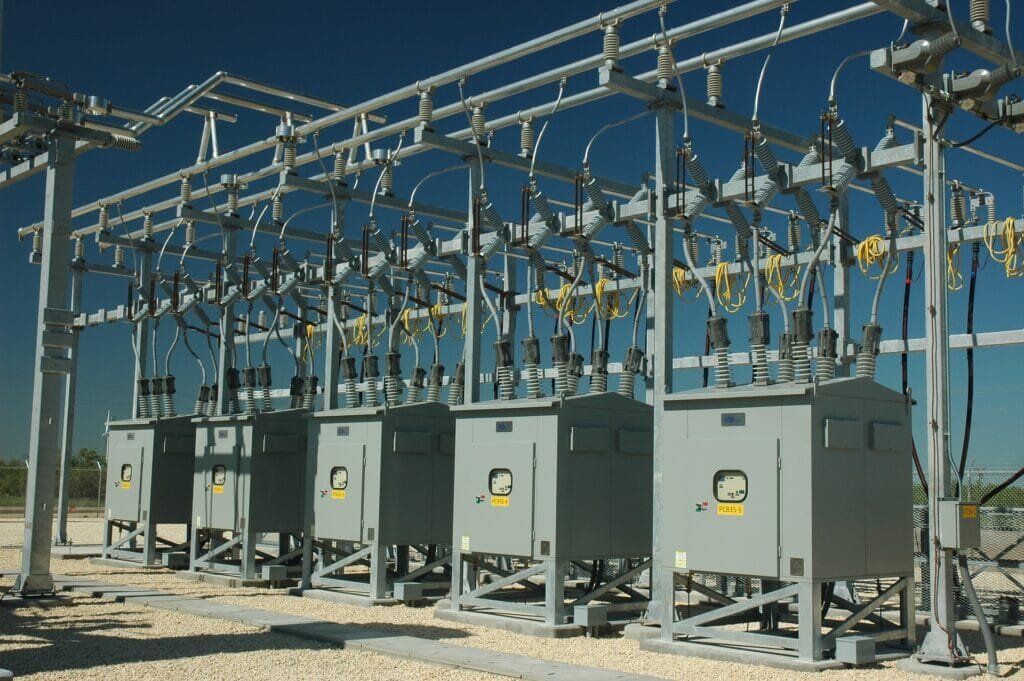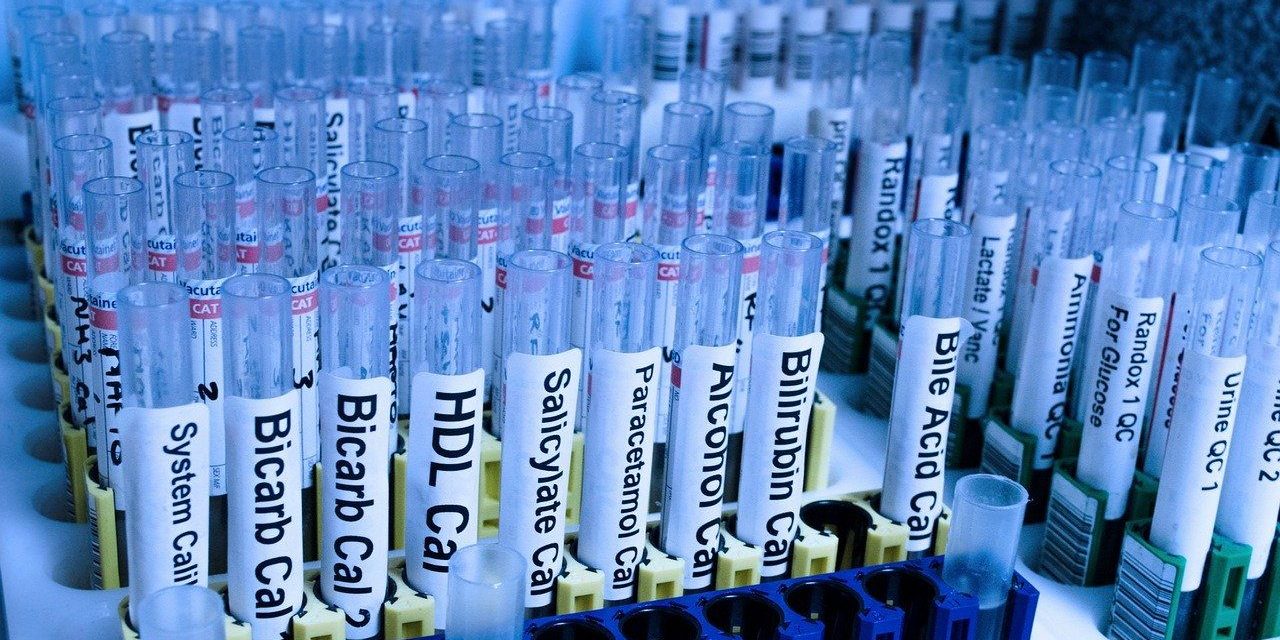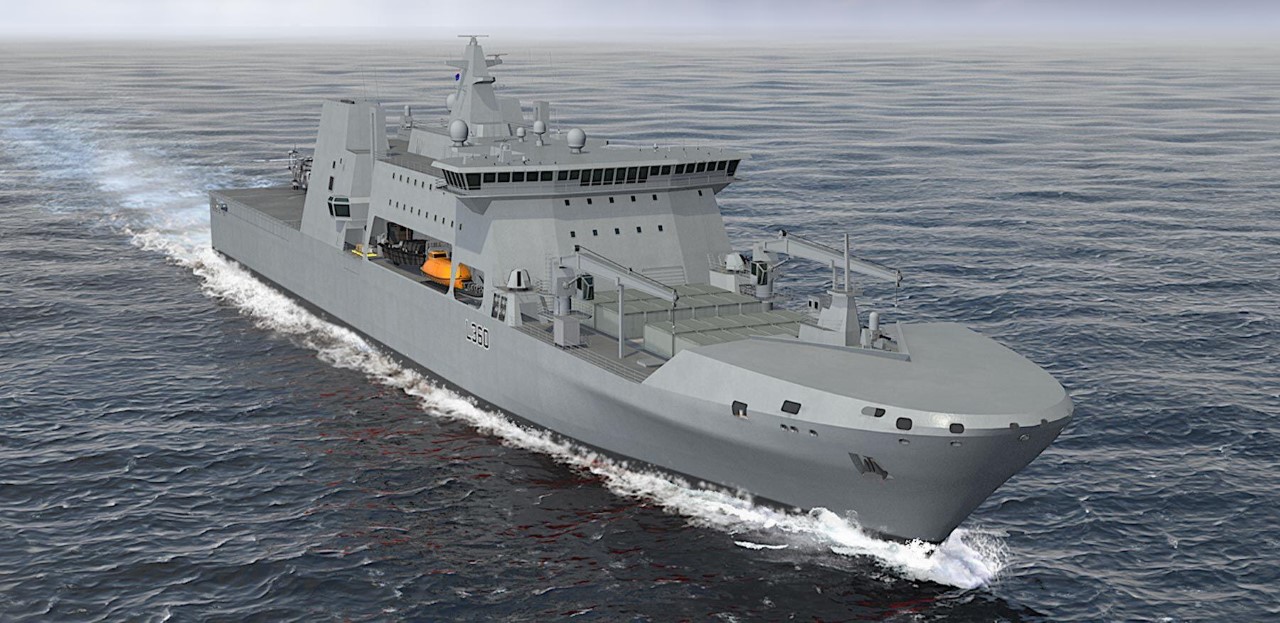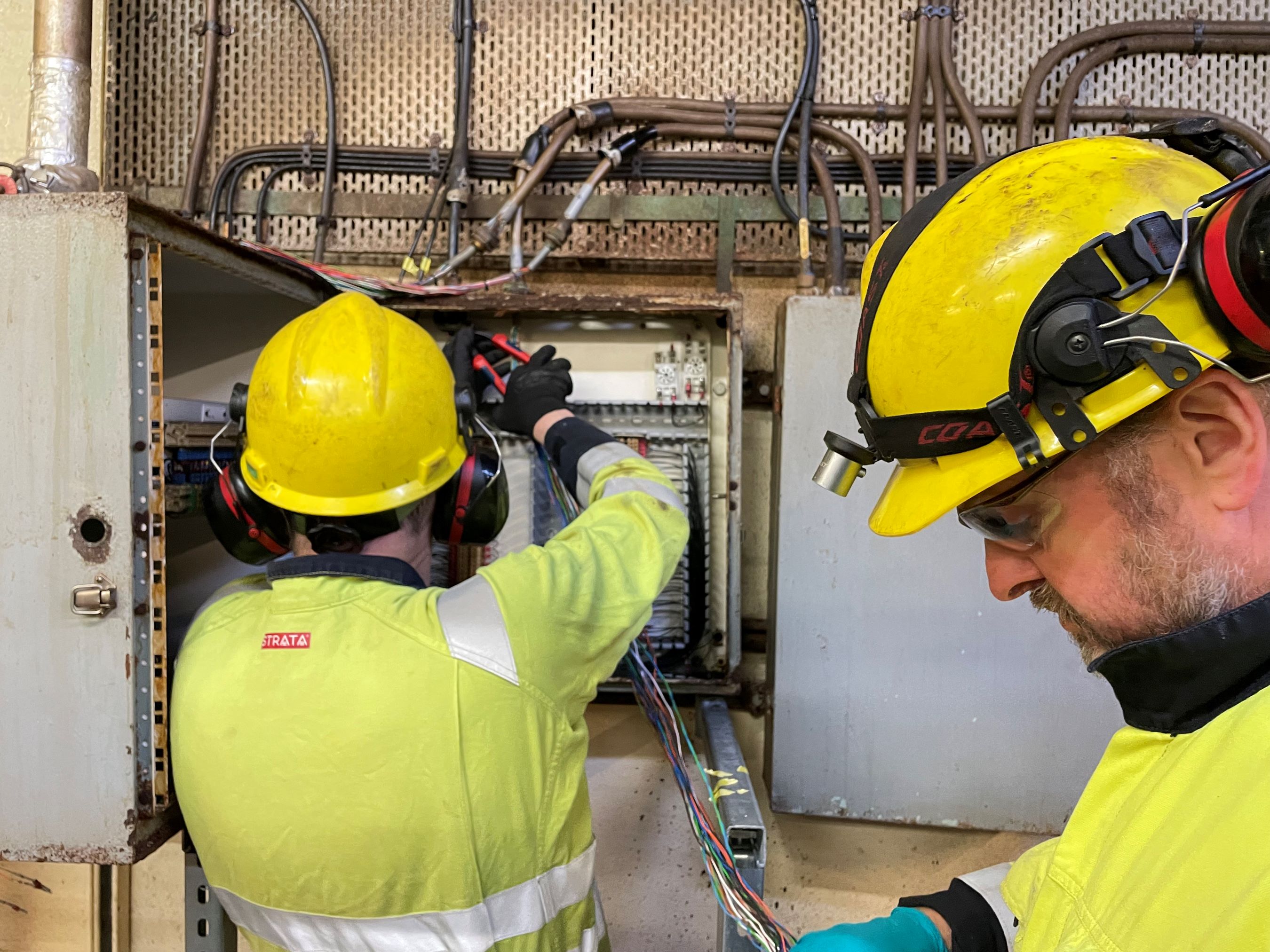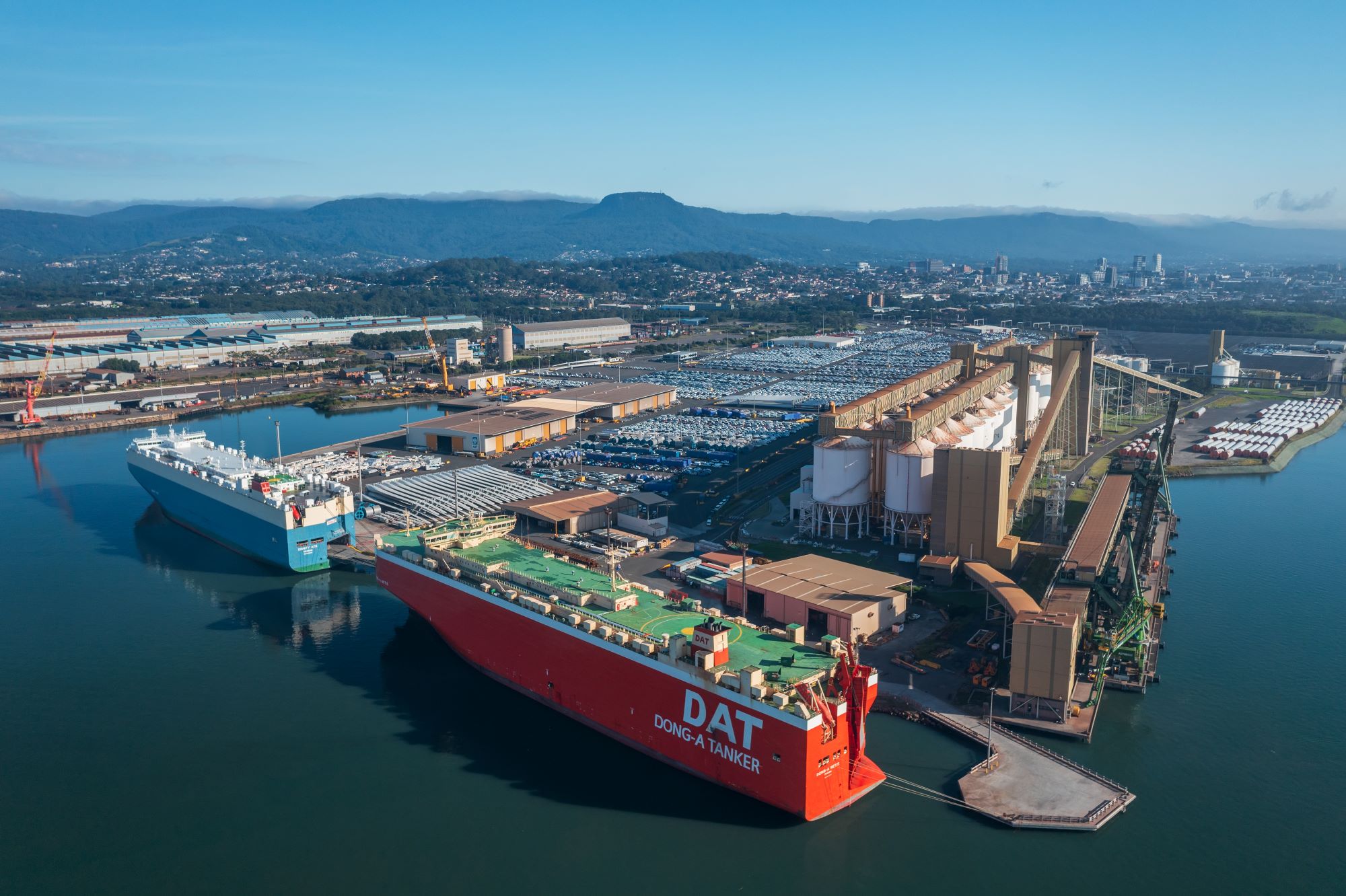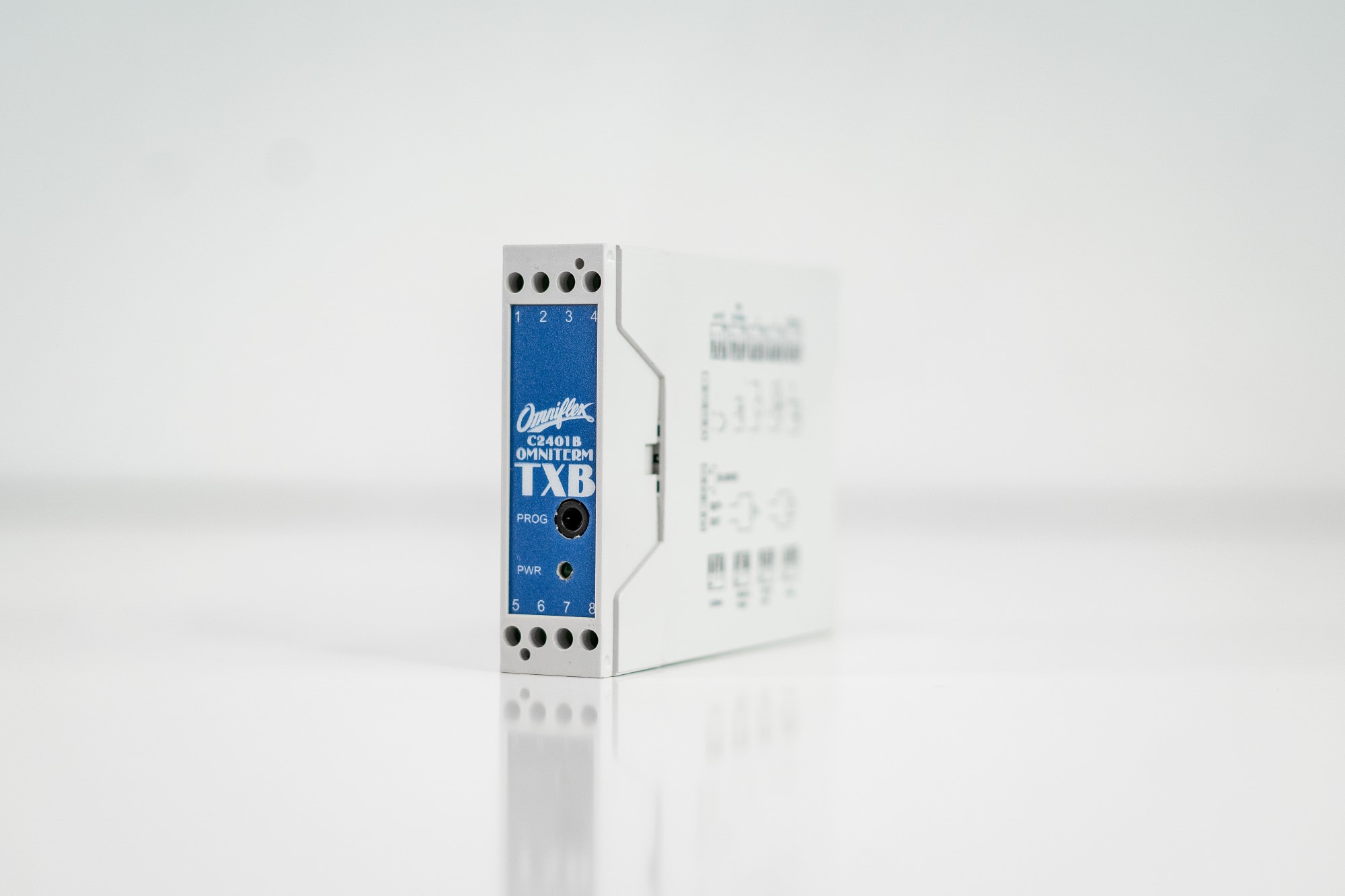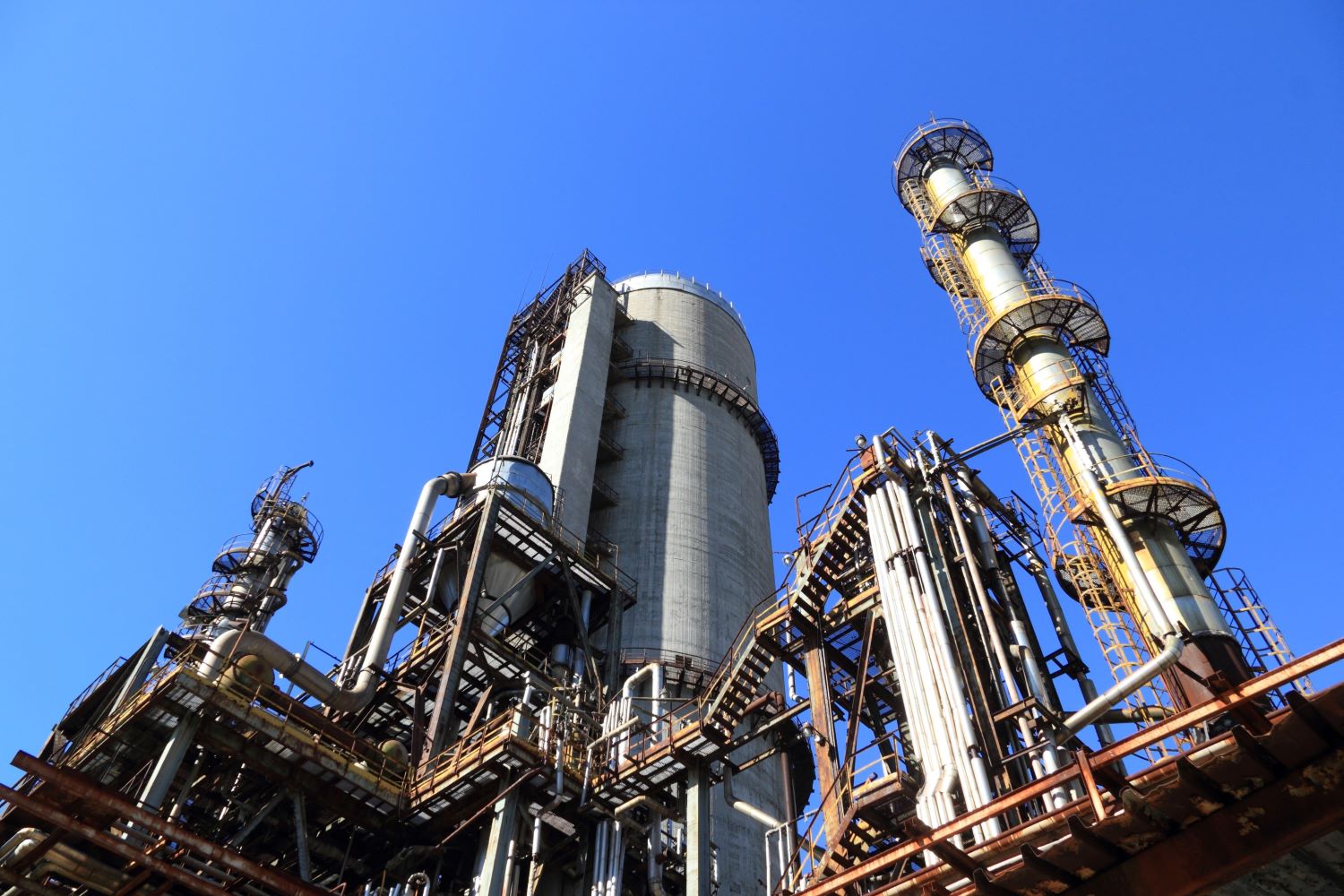Global Mobile Network Technology Changes – Decommissioning 2G,3G Services
 Decommissioning: Overview and Current Trends
Decommissioning: Overview and Current Trends
The decommissioning of 2G and 3G mobile networks refers to the planned shutdown and retirement of these older cellular technologies as telecommunications operators transition to more advanced 4G, LTE and 5G networks. This process is driven by the need to free up valuable radio spectrum for modern, faster, and more efficient mobile services.
Global Perspective
Globally, the phase-out of 2G and 3G networks is well underway. By mid-2024, 192 operators across 68 countries had either completed, planned, or begun switching off their 2G and 3G networks. Europe leads in the number of switch-offs, followed by Asia and North America. The United States and Canada have already turned off many of their 2G and 3G services, while regions such as South Africa and Africa at large are managing a more gradual and selective transition due to their distinct market and subscriber profiles.
South Africa
In South Africa, the government and mobile network operators initially targeted a shutdown by the end of 2027, with the government allowing operators to decide the order and timing of network retirements. MTN South Africa, for instance, plans to shut down 3G first, followed by 2G over a later timeline. Vodacom aims to switch off 2G first, repurposing that spectrum for 5G. Telkom has already decommissioned much of its 2G network. The exact timelines remain fluid, with stakeholder consultations ongoing to ensure minimal user disruption.
The Implications of Decommissioning 2G and 3G Networks
Impact on Consumers and Devices
When 2G and 3G networks are shut down, devices that rely solely on these networks become inoperable for voice calls, messaging, and data services. This includes older feature phones and many IoT (Internet of Things) and M2M (machine-to-machine) devices embedded with legacy cellular modules. These devices were manufactured with the then state of the art 2G and 3G GSM Modems.
Millions of IoT devices worldwide, such as sensors and asset trackers, require transition to LTE (4G), NB-IoT, or 5G technologies. The shutdown may disproportionately impact businesses that have not yet upgraded their connected device infrastructure. Telecommunication operators and governments are advising users and enterprises to prepare by replacing legacy hardware with future-proofed modems that support fallback options, including LTE and NB-IoT.
Opportunities for Network and Spectrum Optimization
Decommissioning older networks enables operators to re-farm the spectrum previously used by 2G and 3G to bolster 4G and 5G network capacity and coverage. This enhances data speeds, network reliability, and supports a rapidly growing demand for broadband and advanced mobile services.
For example, 2G spectrum, often in lower frequency bands, is valuable for extending 5G coverage in rural and less densely populated areas. Similarly, retiring 3G networks reduces network complexity and operational costs while allowing concentration on newer technologies that offer a richer user experience.
Challenges and Transition Management
The transition poses notable challenges, particularly in regions where 2G and 3G remain widely used due to affordability, rural coverage, or slow uptake of smartphones and newer technologies. In Sub-Saharan Africa, 2G still holds a significant subscriber base, primarily due to low-cost device availability and limited broadband access.
Governments and regulators like South Africa's ICASA (Independent Communications Authority) have extended deadlines and encouraged network operators to coordinate switch-offs carefully. Operators are also assisting customers through the transition by providing visibility into the types of devices connected and recommending migration plans for IoT and M2M clients to avoid service disruptions.
In summary, the decommissioning of 2G and 3G networks is an ongoing global trend essential for advancing mobile technology. It frees spectrum for newer technologies like 4G and 5G, offering better performance and efficiency. However, it poses challenges for legacy device users, especially in markets where 2G remains prevalent. Effective management, regulatory cooperation, and proactive device upgrades are critical to ensuring smooth transitions and minimizing disruptions for consumers and businesses.
How will 2G and 3G shutdown affect Omniflex IoT devices in South Africa
The shutdown of 2G and 3G networks in South Africa will significantly affect Omniflex IoT (Internet of Things) devices, especially those that currently rely on these legacy cellular technologies for connectivity. More than half of all cellular IoT devices globally still use 2G or 3G, and in South Africa, a large number of IoT devices are based on 2G networks for low-speed data and SMS communication.
Key Impacts on Omniflex IoT Devices in South Africa
- Device Inoperability: Once 2G and 3G networks are switched off, IoT devices designed exclusively for these networks will become inoperable for cellular communication unless they are upgraded or replaced with devices supporting newer technologies like LTE, NB-IoT, or 5G.
- Migration to Next-Gen Technologies: Mobile operators in South Africa plan to replace 2G and 3G with LTE-M and NB-IoT technologies, which offer improved battery life, better indoor and outdoor penetration, low power consumption, and cost efficiencies. Omniflex has already adopted these new technologies to sustain connectivity in the post-2G/3G era. All Omniflex devices are now manufactured with LTE modems as standard and as NB-IoT and LTE M are rolled out some of our products will be offered with NB-IoT and LTE M to suit their application environment.
- Gradual and Regionally Selective Transition: Because 2G and 3G are still widely used in rural and underserved areas, shutdowns will be gradual and selective to minimize service interruptions until newer technologies are fully deployed.
- Preparedness and Strategy: Omniflex IoT users must replace or retrofit legacy IoT devices to support future-proof connectivity solutions to ensure uninterrupted service during and after the shutdown.
Timeline and Regulatory Environment
- South African operators such as Vodacom, MTN, and Telkom have announced phased shutdown plans with 3G sunsets beginning around 2023-2025 and 2G phase-outs starting around 2025 continuing to 2027.
- The government and regulator ICASA allow operators to decide exact switch-off timings, emphasizing readiness and minimizing impact on users and IoT ecosystems.
In conclusion, the 2G and 3G network shutdown in South Africa will create significant challenges for IoT devices relying on these networks, necessitating migration to LTE, LTE-M, NB-IoT, or 5G for continued operation. Preparing for these changes is critical, especially for IoT deployments in critical infrastructure and low-bandwidth applications.
If needed, detailed migration strategies and technical support solutions are available from Omniflex to facilitate a smooth transition for Omniflex IoT users in South Africa.
What do I need to do?
If you are not sure of the status of your Omniflex IoT device, please Contact Omniflex directly for help and support to transition to the new technology.
Email : Sales@omniflex.com with a photo of the serial number label of your product.
Affected Omniflex Products
The Range of GSM Enabled Omniflex Products that are affected by the phase out and requires you to act if you have one of the products listed below.
Teleterm M2 Range :
Model No’s C2320A, C2330A, C2330B-11, C2330B-12, C2360B-11, C2360B-12
Teleterm M3 Range:
Model Nos: C2363A-11, C2363A-12
PowerView CP LC90 Range:
C2155-11, C2155-12, C2156D-11, C2156D-12
Teleterm S3 Range:
C2380-11, C2380-12
Teleterm D3 Range:
C2392A-1-11, C2392A-1-12, C2392A-2-11, C2392A-2-12, C2395A-1-11, C2395A-1-12, C2395A-2-11, C2395A-2-12
Teleterm E3 Range:
C2397A-1-11, C2397A-1-12, C2397A-2-11, C2397A-2-12
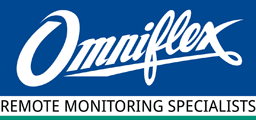
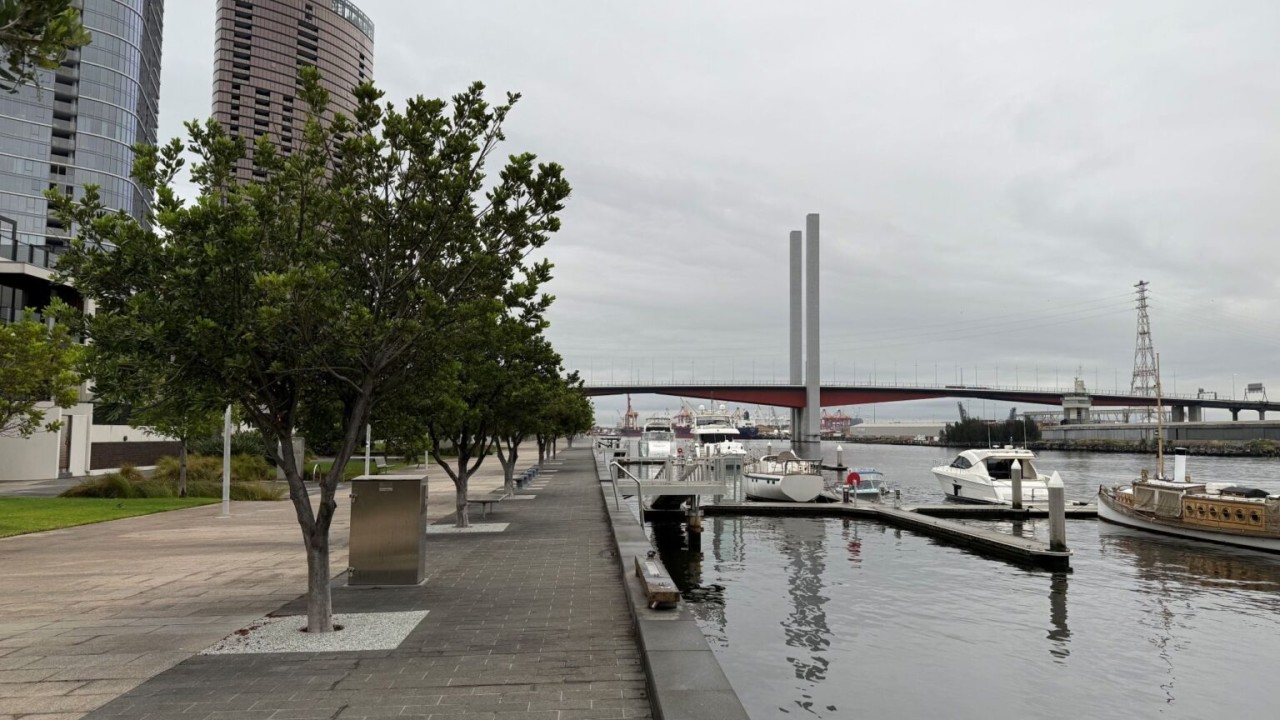

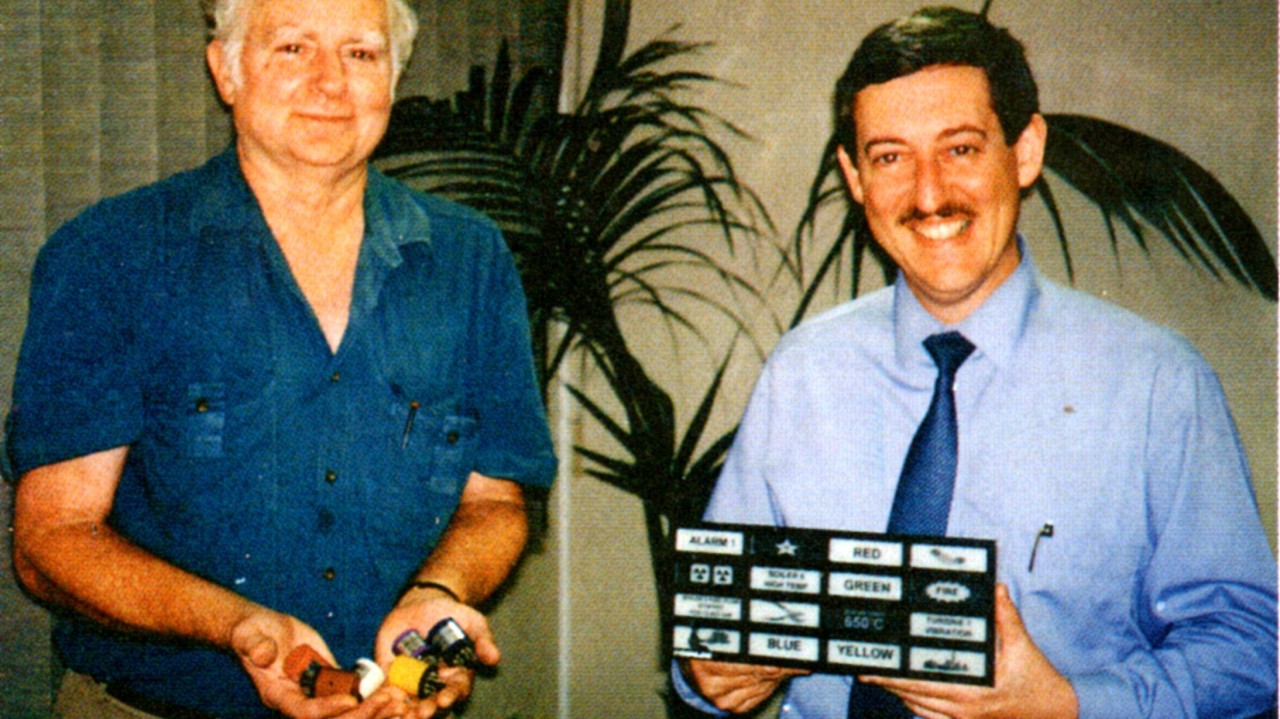
 Moshal was on a mission to replace bulky wiring intensive, power-hungry mechanical relays with nimble elegant, electronic modules. His secret weapon was an octal-based transistor logic that slashed complexity and boosted maintenance performance in industrial systems.
Moshal was on a mission to replace bulky wiring intensive, power-hungry mechanical relays with nimble elegant, electronic modules. His secret weapon was an octal-based transistor logic that slashed complexity and boosted maintenance performance in industrial systems.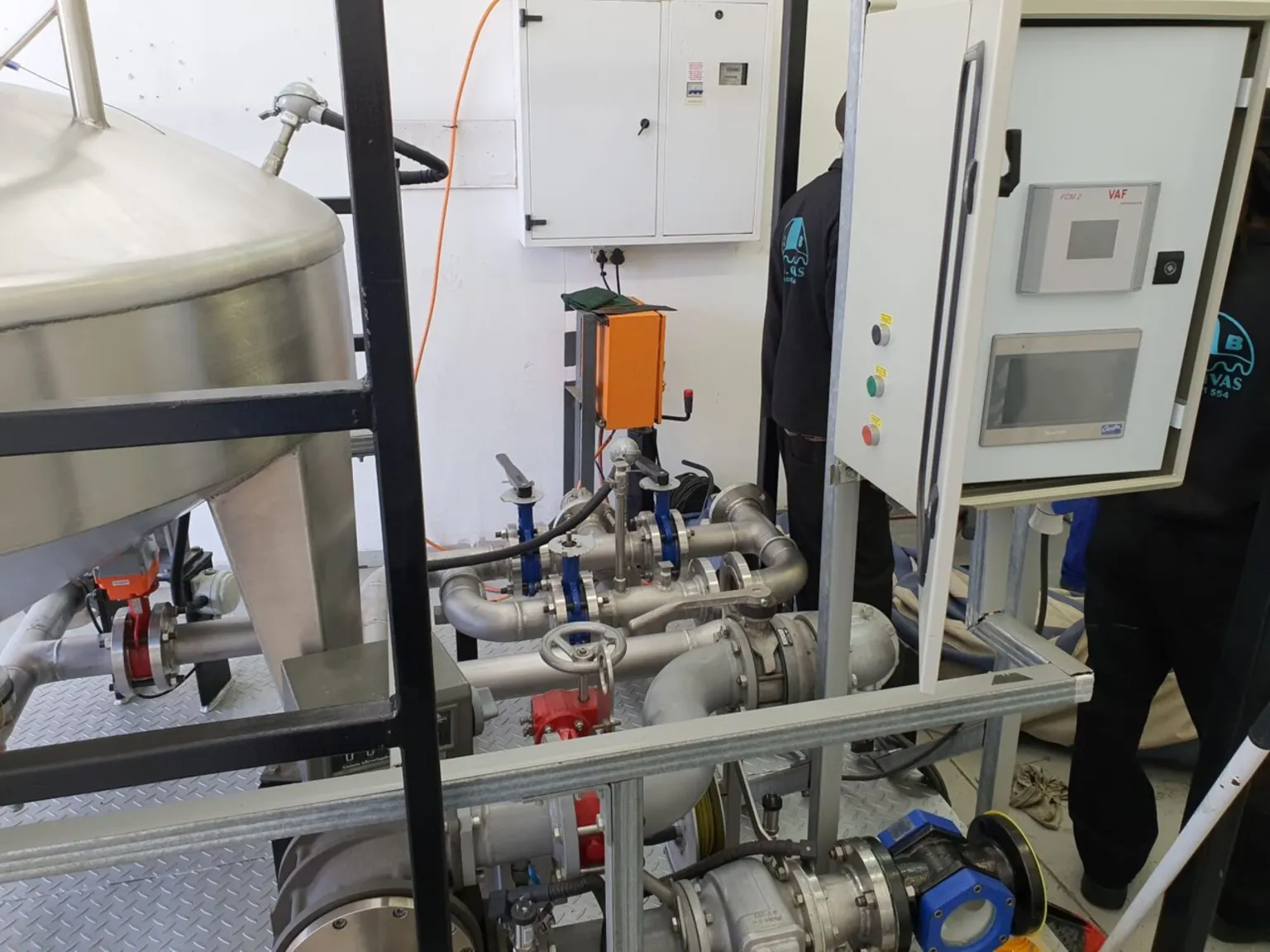

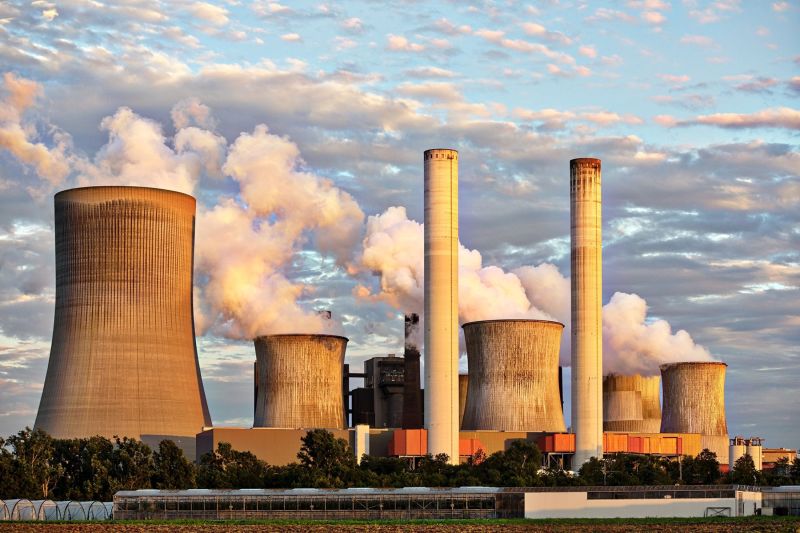
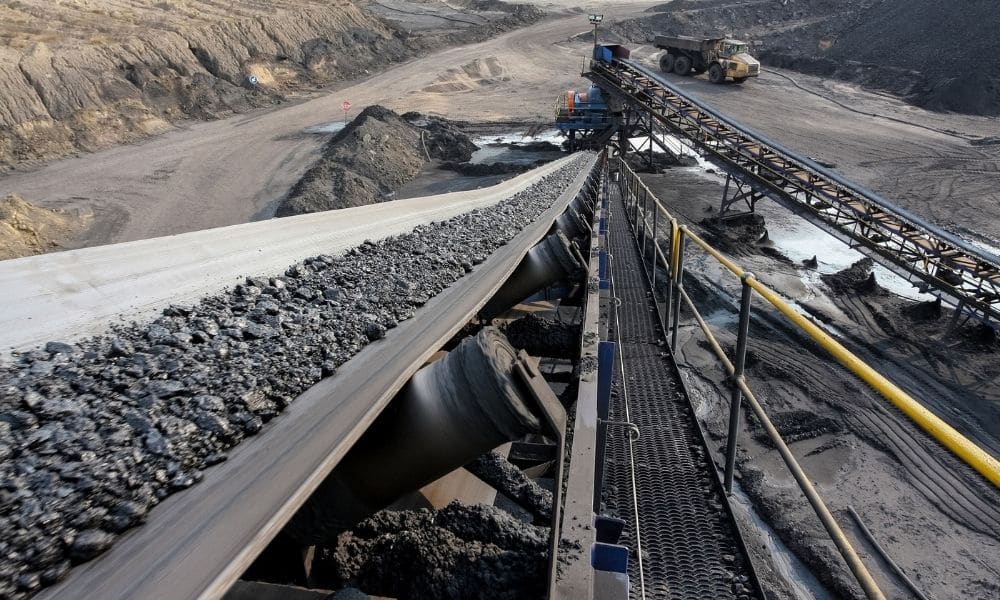 Ian Loudon, International Sales Manager at
Ian Loudon, International Sales Manager at 
